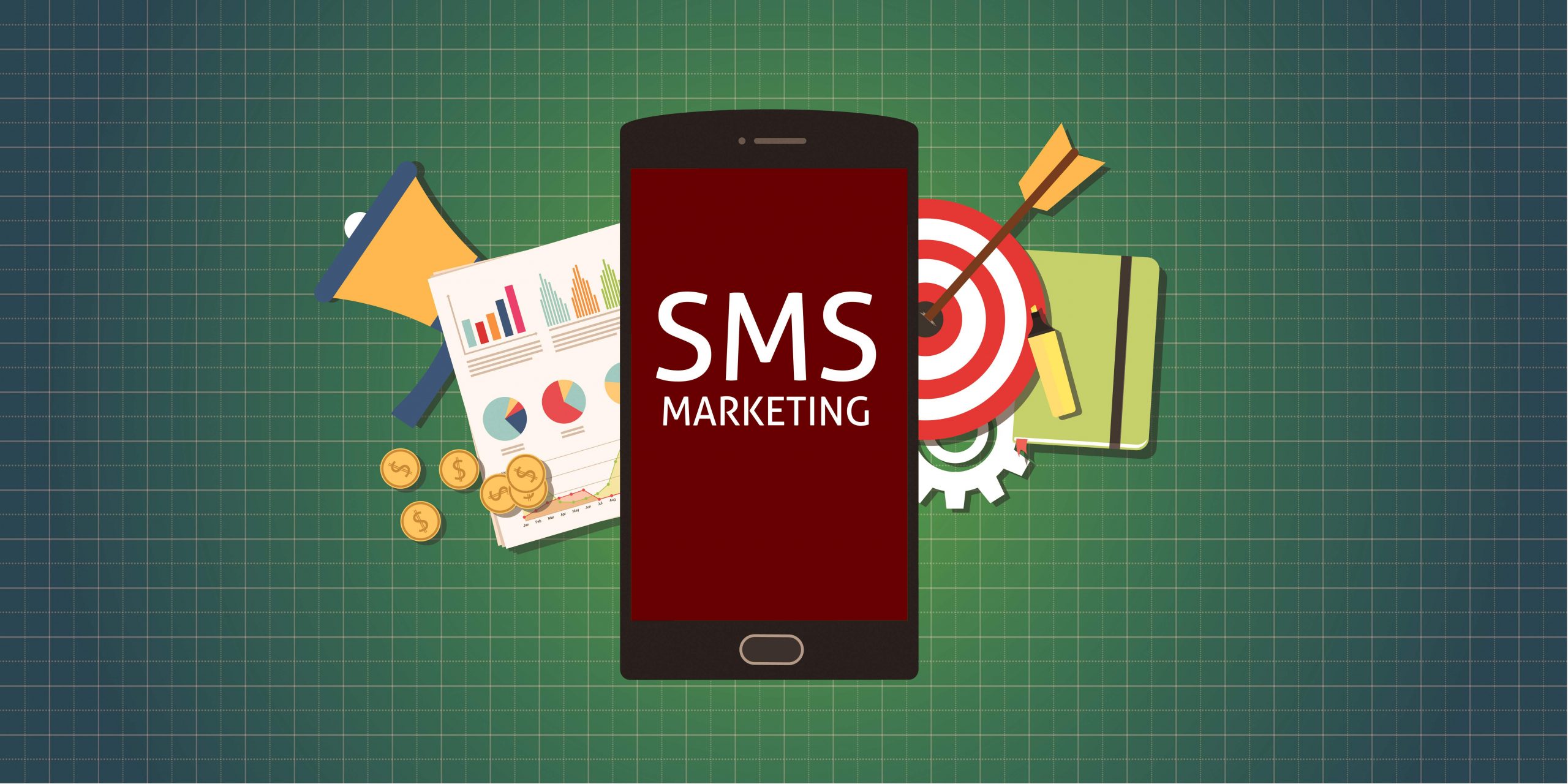Best Practices for Sending SMS at the Right Time
Sending your SMS messages at the right time can significantly impact their success. Here are some best practices to consider:
1. Understand Your Audience's Schedule:
Start by understanding your target audience's daily routines and schedules. Send messages when they are most likely to check their phones, such as during lunch breaks, commuting hours, or evenings.
2. Time Zone Considerations:
If your audience is spread across multiple time zones, segment your list and send messages at times that are convenient for each region. Tools and SMS marketing platforms can help automate this process.
3. Avoid Inconvenient Hours:
Respect the time of your recipients by avoiding SMS messaging during inconvenient hours, like very early mornings or late at night. It's essential to be mindful of the potential for disturbing your customers.
4. Utilize Customer Data:
Leverage customer data and insights to determine when your audience is most engaged with your SMS messages. Analyze open rates, click-through rates, and response times to identify the optimal time for sending texts.
5. Event-Driven Messaging:
Send SMS messages in response to specific events, such as birthdays, anniversaries, or past purchase anniversaries. This personalized approach shows that you value your customers.
Avoiding Over-Messaging and Spamming
Over-messaging and spamming can lead to customers unsubscribing or reporting your messages as spam. To maintain a positive relationship with your audience, consider these best practices:
1. Compliance with Regulations:
Adhere to SMS marketing regulations like the Telephone Consumer Protection Act (TCPA) in the U.S. and similar laws in other countries. Ensure that you have the necessary consents, provide opt-out options, and respect "Do Not Disturb" requests.
2. Consistent Frequency:
Establish a consistent messaging frequency. Whether it's weekly, bi-weekly, or monthly, let your subscribers know how often they can expect to hear from you. Consistency fosters trust.
3. Segment Your Lists:
Segment your SMS marketing lists to tailor your messages to different groups of recipients. Not all customers have the same preferences, and by sending relevant content, you reduce the risk of over-messaging.
4. Respect Opt-Out Requests:
If a customer chooses to opt out of your SMS messages, respect their decision promptly. Continuing to send messages after an opt-out request can lead to complaints and damage your brand's reputation.
5. Monitor Engagement:
Pay close attention to engagement metrics. If you notice that a specific group is not responding well to your SMS campaigns, consider adjusting the frequency or content for that segment.
6. Quality Over Quantity:
Focus on the quality of your messages rather than the quantity. A few well-crafted and highly relevant messages are often more effective than an abundance of generic messages.
In summary, the timing and frequency of your SMS marketing campaigns can significantly impact their success. By understanding your audience, respecting their preferences, and adhering to legal regulations, you can send messages at the right time without over-messaging or spamming. A well-planned and considerate approach to SMS marketing will foster stronger customer relationships and lead to better results for your business.
